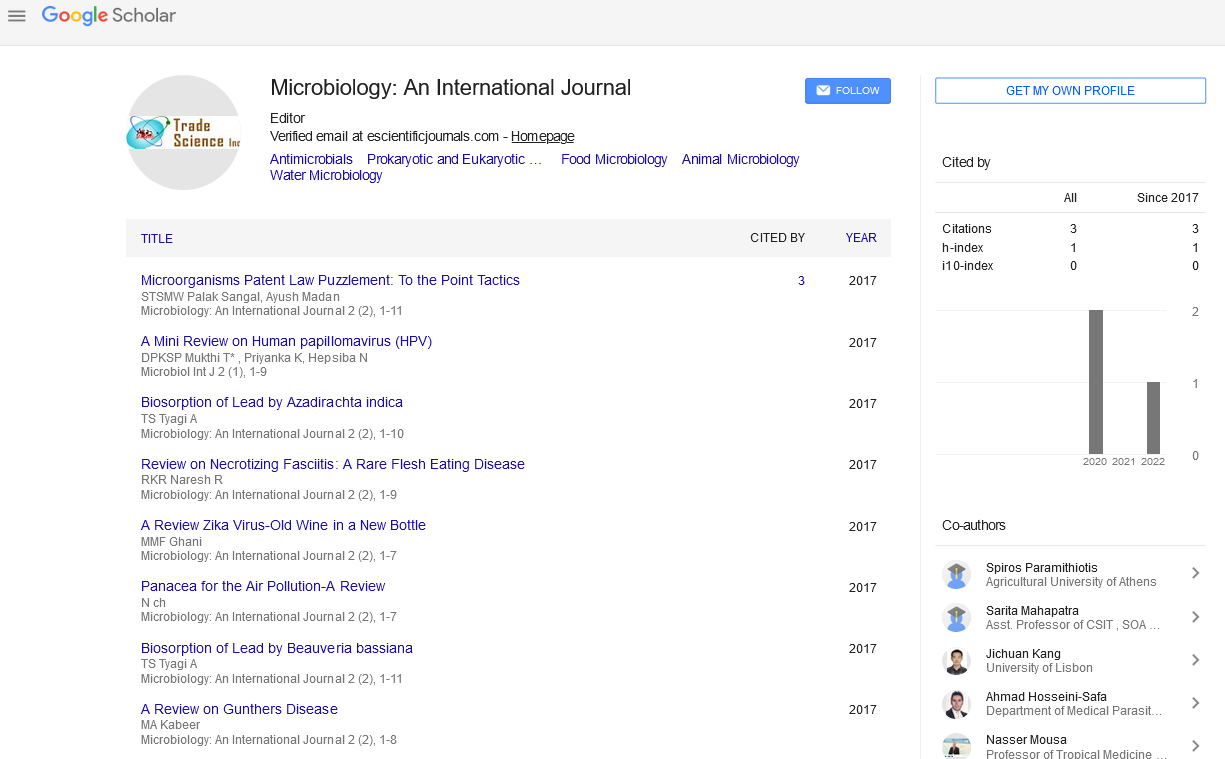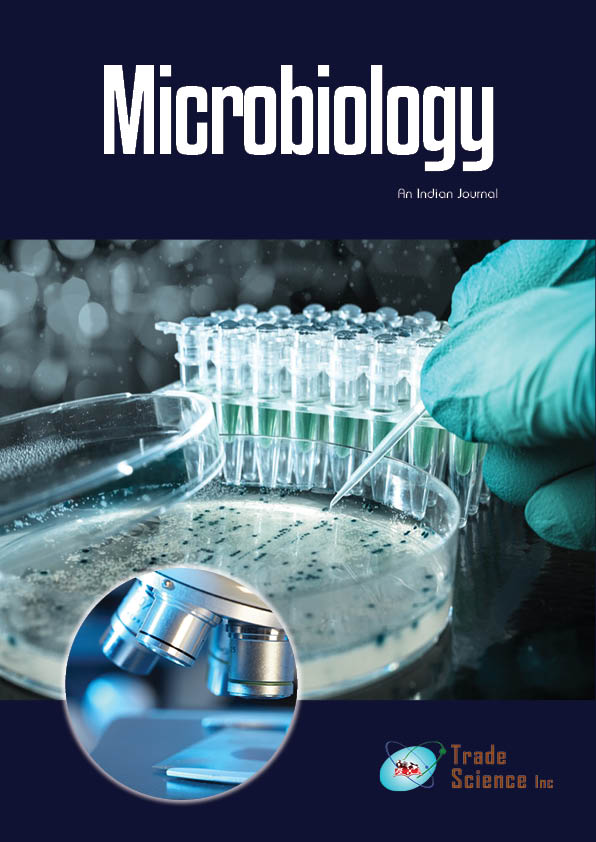Abstract
Bacteriocins' Prevalence and their Relationship to Pathogenicity
Author(s): Lekhashri Pandit*Bacteriocins throw a light on minimising this problem in public and animal health in the hunt for an alternate treatment to combat antimicrobial resistance. Bacteriocins are peptides made by bacteria that stop other bacteria, fungi, parasites, and viruses from growing. Lactic acid bacteria (LAB) create bacteriocins, which can be used to replace antibiotics and avoid bacterial resistance. LAB and bacteriocins are antimicrobials and probiotics used in veterinary medicine. Bacteriocins also have an immunomodulatory impact, which is extremely important. The improvements in using bacteriocins in animal production and veterinary care are highlighted in this overview, which also highlights their biological roles. The exposure of target cells to antimicrobial agents generated considerable changes in essential cellular elements, as indicated by Fourier-transform infrared spectroscopy combined with principal component analysis. Our findings suggest that bacteriocins produced by food-related LAB against oral LAB may be uncommon, but they require further exploration because they can be effective antimicrobials when discovered.

